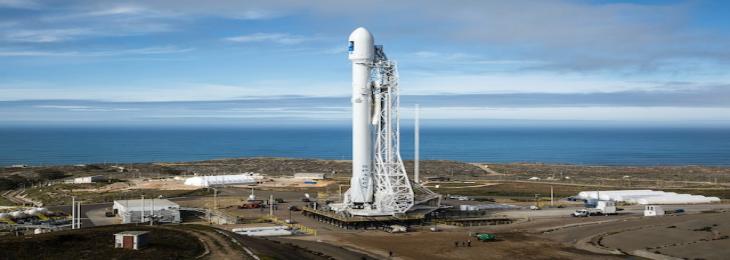Sep, 2022 - By WMR

The first mission of NASA's Artemis programme, Artemis 1, aims to send people back to the moon by 2025.
Unmanned trip to test the readiness of the Orion spacecraft and the SLS megarocket for astronaut flights. In 2024, astronauts will go around the moon on the first crewed Artemis mission, Artemis 2, and will arrive on the moon in 2025 on Artemis 3. All of it is dependent on Artemis 1's test flight going well.
NASA is working hard to make Artemis 1 ready for what will be its third launch attempt, even with the FTS test waiver. The mission was initially scheduled to launch on August 29, but NASA was unable to proceed because of an engine cooling problem that was caused by a faulty sensor. The launch on September 3 was scrubbed due to a persistent liquid hydrogen leak that resisted three attempts at repair.
By changing the seal around an 8-inch (20-centimeter) fuel pipe on the SLS, NASA must stop the leak. A smaller gasoline link that experienced a separate leak on August 29 is also being worked on by the agency. This week's work is still continuing on at the Florida's Kennedy Space Center's Pad 39B launch site for the Artemis 1 rocket.
After that, a fuelling test on the Artemis 1 SLS rocket is required to see if the seal patch was successful. According to Mike Bolger, manager of NASA's Exploration Ground Systems, the test is presently planned to take place no sooner than September 17, although the timeline is constrained.
Bolger said that he wouldn't be shocked to see it slide a day or two. NASA would still be capable of pursuing the Sept. 23 or Sept. 27 windows, even if it slips a few days. Although the agency is looking into the event, NASA has not verified whether an accidental manual order that momentarily overpressurized the hydrogen fuel line was what caused the leak.

We will be happy to help you find what you need. Please call us or write to us: